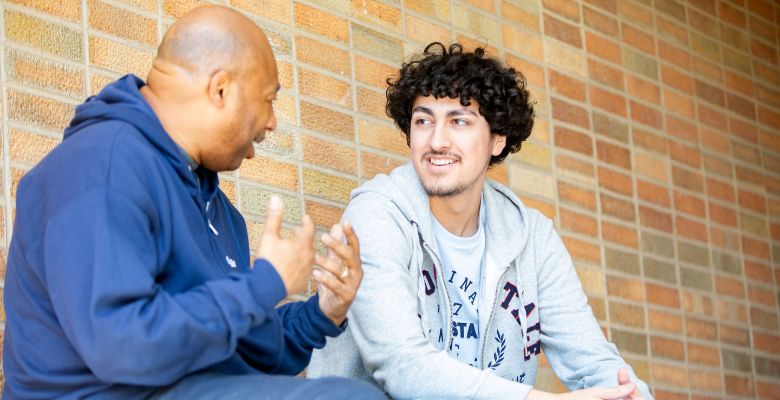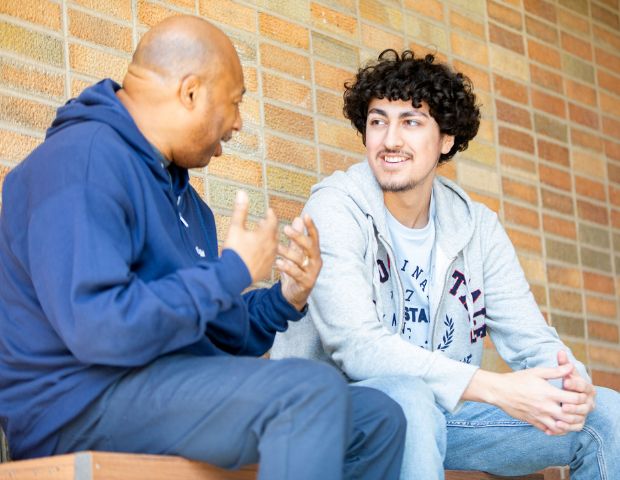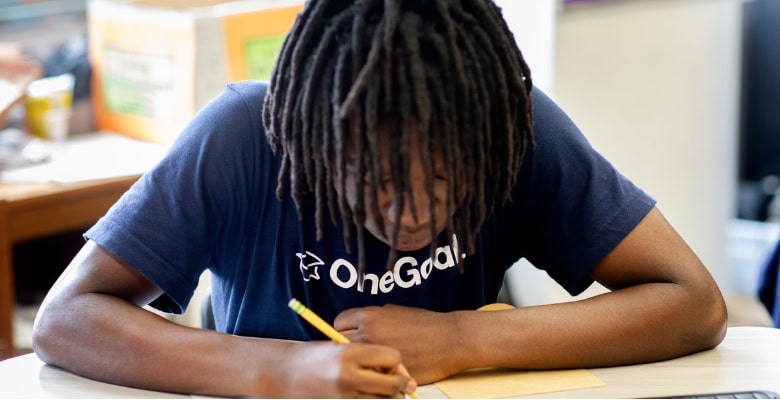
6 Main FAFSA Challenges
January 24, 2025
FAFSA completion is vital for students to access federal financial aid, but the process can be daunting. Discover how educators can help students overcome challenges, navigate the application, and unlock opportunities for higher education.
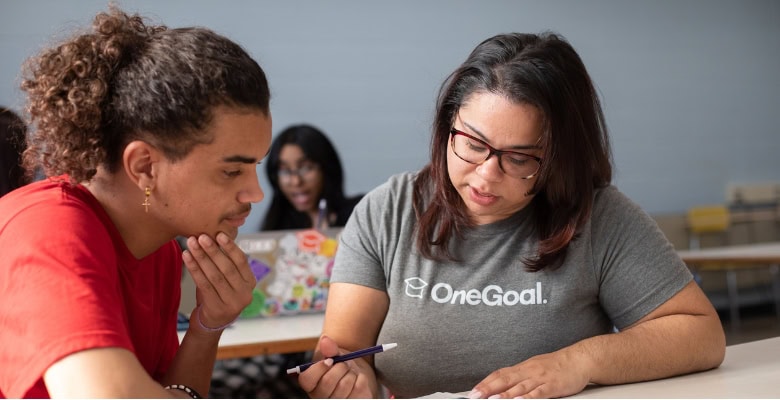
How Schools Can Support College and Career Readiness
December 16, 2024
Learn how to measure students’ college and career readiness. Explore metrics like GPA, course rigor, and more to equip students for success.
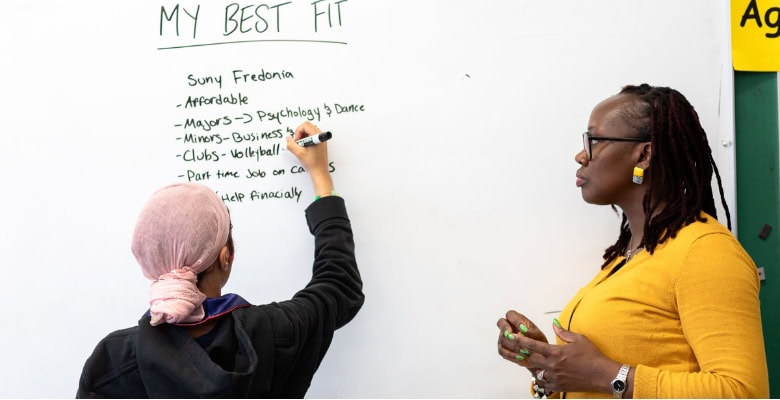
How to Guide Students in Choosing Colleges
September 25, 2024
Explore factors for advising students on college choices and how our quality enrollment framework supports them in finding a postsecondary fit.
Recent Stories
Understanding and Supporting Stopout Students
August 27, 2024
Explore strategies to help stopout students as they navigate returning to college. We examine the barriers to completion and hear students’ stories of persistence.
Overcoming Barriers: Angelica’s Postsecondary Journey
August 27, 2024
Discover Angelica Moncada’s inspiring journey from a first-generation student to a master’s program in counseling. Learn how she overcame cultural, financial, and personal challenges with the support of OneGoal, and find out what advice she offers to students facing similar barriers.
Ricardo’s Road to Success
August 27, 2024
Ricardo Godinez’s postsecondary journey is a testament to resilience, determination, and the impact of community support. Despite facing numerous challenges, including financial constraints and cultural adjustments, Ricardo’s commitment to his education never wavered.
